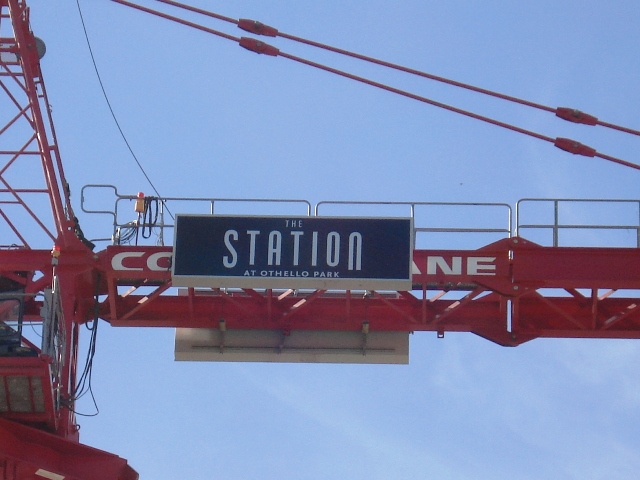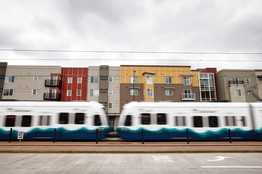
Construction cranes dot Seattle neighborhoods as residential development continues to boom. Despite hundreds of new units online, rents for households across the income spectrum are rising.
But as Jonathan Grant, Tenants’ Union Executive Director points out, in a recent Seattle Times article that highlights the crisis, “The Reality is these units are high-cost, and often these were taken out of affordable housing stock. That’s why you see this theory of supply and demand being turned on its head.”
Lack of affordable housing for low and middle wage workers is a problem across Seattle neighborhoods. The experience of Southeast Seattle neighborhoods mirrors that of more affluent areas, like Green Lake and Ballard. According to the Puget Sound Regional Council the value of parcels around light rail stations in Rainier Valley rose an average of 513% since light rail construction began. In that same time period, the price of rent in Rainier Valley doubled from $500 to over $1,000.
Rising rents strongly indicate gentrification in neighborhoods like Rainier Valley. Gentrification alone does not necessarily cause displacement, but it creates the conditions for it. Largely by increasing the cost of living, gentrification creates a downward pressure on low-income residents. Without anywhere to gain an economic edge, low-income residents are eventually forced to seek housing elsewhere and are displaced from their neighborhoods, as Alexa Vaughn thoughtfully describes in her Times article.
In order for middle and low-income households to benefit from new investments and development the supply of permanently affordable housing and other community infrastructure, like strong cultural centers and small businesses need also need to thrive.
Vaughn’s article also echoes Seattle’s overarching narrative on gentrification: that “market forces” are to blame for the displacement of low income residents, and that “revitalization” springs from wealthy newcomers.
This narrative needs to be challenged. To assume that prosperity from new development can only benefit Seattle’s wealthy “professionals” is a false dichotomy. To allow Seattle to continue to blossom into a City that values diversity, innovation and equity policy makers need to look beyond the constrains of narrow minded economics and build an economy that works for everyone.
 Neighborhood revitalization only works if it benefits the current residents of the area in question. Gentrification gives the appearance of “solving the problem” of urban poverty and neglected city infrastructure. Renovated storefronts and apartment buildings attract new tenants, new businesses, and new clients. From an external perspective, this rebirth is a much needed change for economically depressed neighborhoods.
Neighborhood revitalization only works if it benefits the current residents of the area in question. Gentrification gives the appearance of “solving the problem” of urban poverty and neglected city infrastructure. Renovated storefronts and apartment buildings attract new tenants, new businesses, and new clients. From an external perspective, this rebirth is a much needed change for economically depressed neighborhoods.
However, people living in these neighborhoods are faced with a much darker reality as their rents begin to rise and they are forced to choose between forfeiting even more of their income to pay rent or giving up their homes altogether.
New apartment complexes are not the only culprits; light rail and transit oriented development have also played a hand in displacing local residents who can no longer afford to live in the area. As prices rise, hard-working tenants are pushed further from their jobs and back into cars (undermining the environmental goals of TOD.) Families are pushed further from their social support networks. Tenants without vehicles are pushed further from public transit.
Growth, investment, and revitalization are not inherently bad. They can be very good. However if policy-makers don’t adopt measures to protect residents, these come to undermine structures that support healthy communities and economies and create greater barriers to economic stability for individuals and families. If we don’t create policies to protect tenants and ensure truly equitable growth, this problem will only continue to create greater inequality and economic instability.
